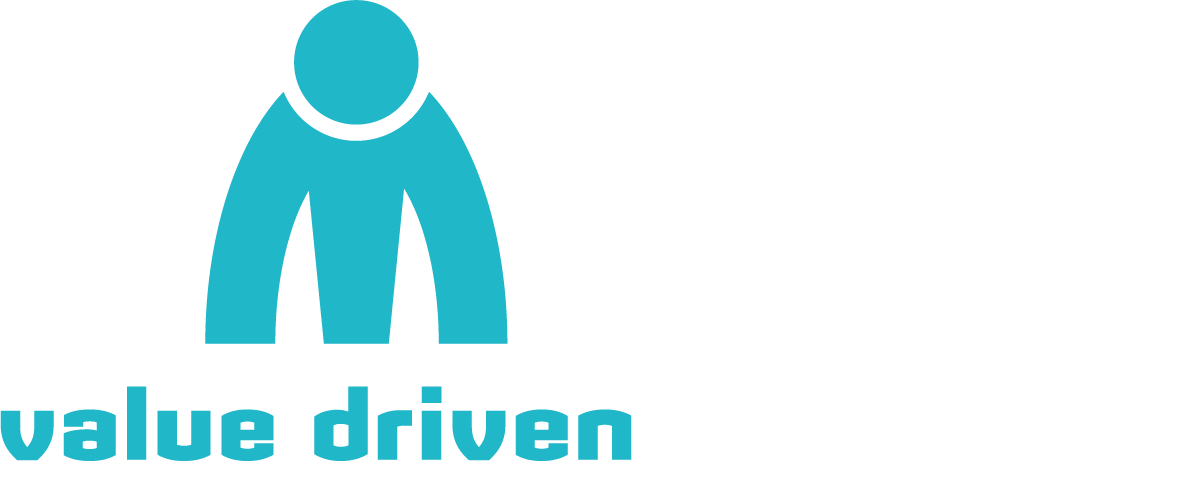Pragmatic Social Selling activity that gives you an ROI
So, you’ve taken the plunge and you’re ready to implement Social Selling. Now you face your next challenge, how to establish a regular Social Selling routine that gets solid ROI.
This article gives you some pointers on how to develop a Social Selling routine that will work for you. Predominantly, it focusses on how to embed a content strategy into your routine in order to drive relevant prospects into your network and nurture them to a stage when you are able to start a one-to-one sales conversation.
In addition, this advice is complemented with links to other articles, products and information sources that will enable you to make an informed decision on what will best work for you.
How much time to spend on Social Selling
The good news is there’s plenty of online content offering guidelines on a daily routine. This infographic on Sales For Life’s blog is a great starting point but let’s dive a bit deeper into those best practises.
Opinions vary on the best amount of time you should spend on social selling. Some say 20 minutes a day, others suggest slightly longer. It’s better to maintain a fixed daily routine rather than prolonged sporadic bursts. Potential buyers need to see you’re consistent with your content.
Fix a time for each day and set your agenda beforehand. Even 10 minutes a day of focused Social Selling can improve your ROI just so long as you’re sharing content and communicating in a way that provides real value to your target audience.
Content – What, When and How to share?
The best methods of content sharing are to publish your own articles. You can publish your own articles on a personal blog and Linkedin Pulse.
As for sharing content from others, look for thought leaders who are known to create engaging posts.
You can find great new content through apps/tools such as Feedly & Pocket. Use Feedly to source great content and Pocket to save posts for later. This is a handy way to build a reserve bank of posts to schedule across LinkedIn, Twitter and other platforms.
Carefully stagger your content to let any engagement spread beyond your shared connections. People hate being bombarded with posts. Give your network a chance to engage with your post before publishing the next one. A great way to ensure a balanced distribution of content is through using Buffer.
In terms of when to share, there are different best practices dependant on which Social Networking platform you are targeting content at.
To familiarize yourself with these best practices check out this Hubspot article which provides an excellent guide on optimum sharing times across all of the main platforms.
Make a habit to share at least one post a day. Introduce your curated content with a few sentences of your own insights. If you’re able to improve on the original post through proven results and past experience you can better leverage your leads and increase your ROI.
Your newsfeeds, if properly curated, will contain lots of valuable content. They also present opportunities to connect with your buyers. Like and share their posts and offer well thought out comments. Remember that in the social media world, the emphasis is on ‘social’. Gone are the days of the hard sell. The more you can help people, the more you should.
From engaging content to converting leads
So, now you’re at the stage of creating and curating quality content and consequently the likes, shares and comments are piling up. If your content is working you should be getting new connections daily on LinkedIn.
It’s time to nurture this engagement into leads.
But, a connection obviously isn’t a sale, it’s not even an activity that warrants a contact making it onto your sales forecast. If a prospect doesn’t come to you, at some point you will need to reach out (at least to your key prospects) with a one-to-one sales message. But when?
According to the CMO Council, on average decision makers consume 5 pieces of content before being ready to speak to a sales rep.
I think that this approach is subjective and depends on the strength of your brand and the market you operate within.
Remember, just because you share content with your network doesn’t mean that your key sales targets have read this content or even realized that you have shared it. So with your key contacts, those decision makers or influencers that represent important new sales opportunities, consider sharing content at an individual rather than at a public level.
It is normally impractical to share content at an individual level across your entire network, particularly as it starts to grow. But to get real sales traction, and an ROI from your Social Selling efforts, you need to give your top prospects some personalized attention.
Good luck and good hunting!
Author: Peter Rovers is CEO of 2MARK-IT, a global provider of Social Selling transformation programs for ICT companies.



